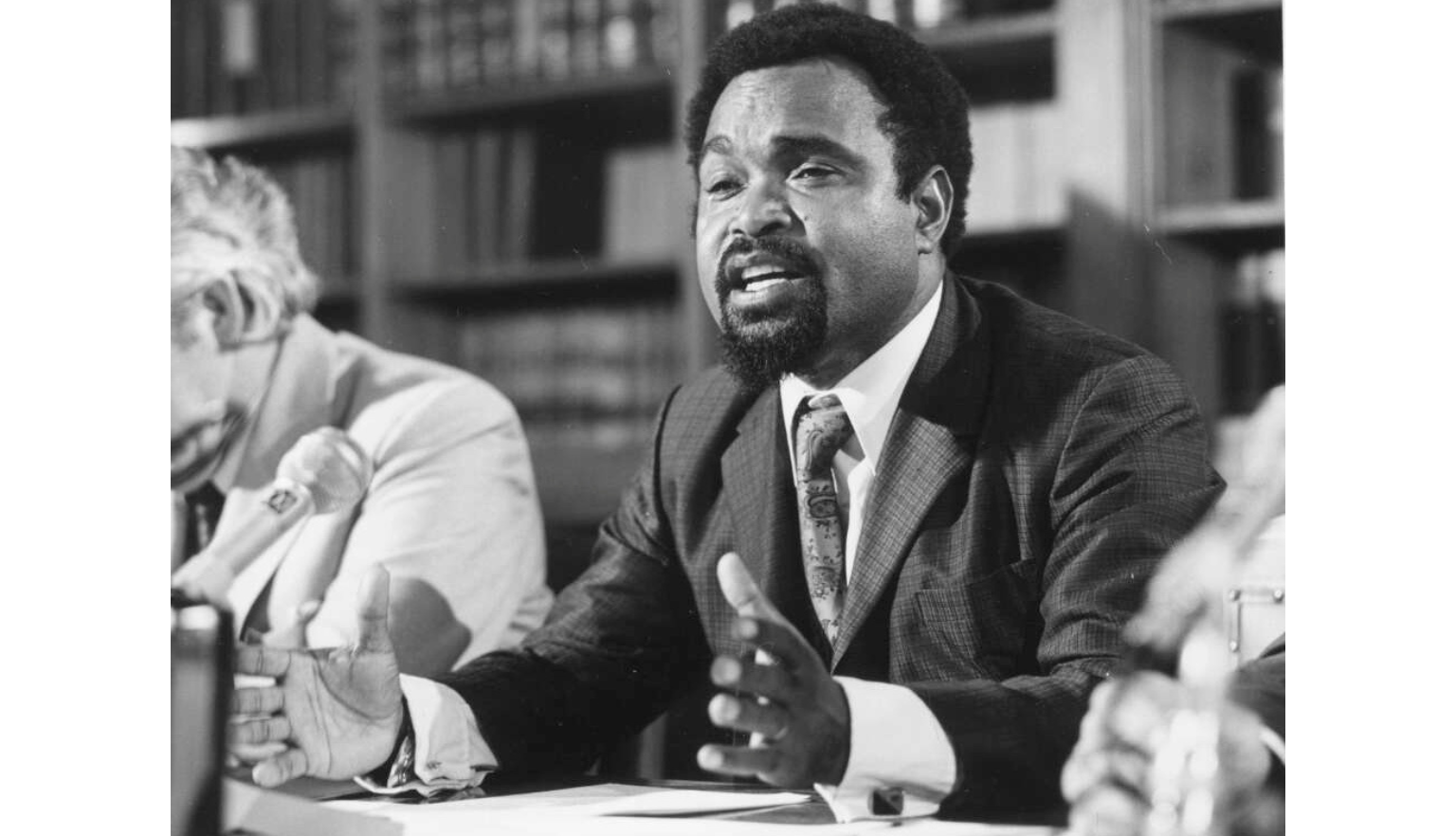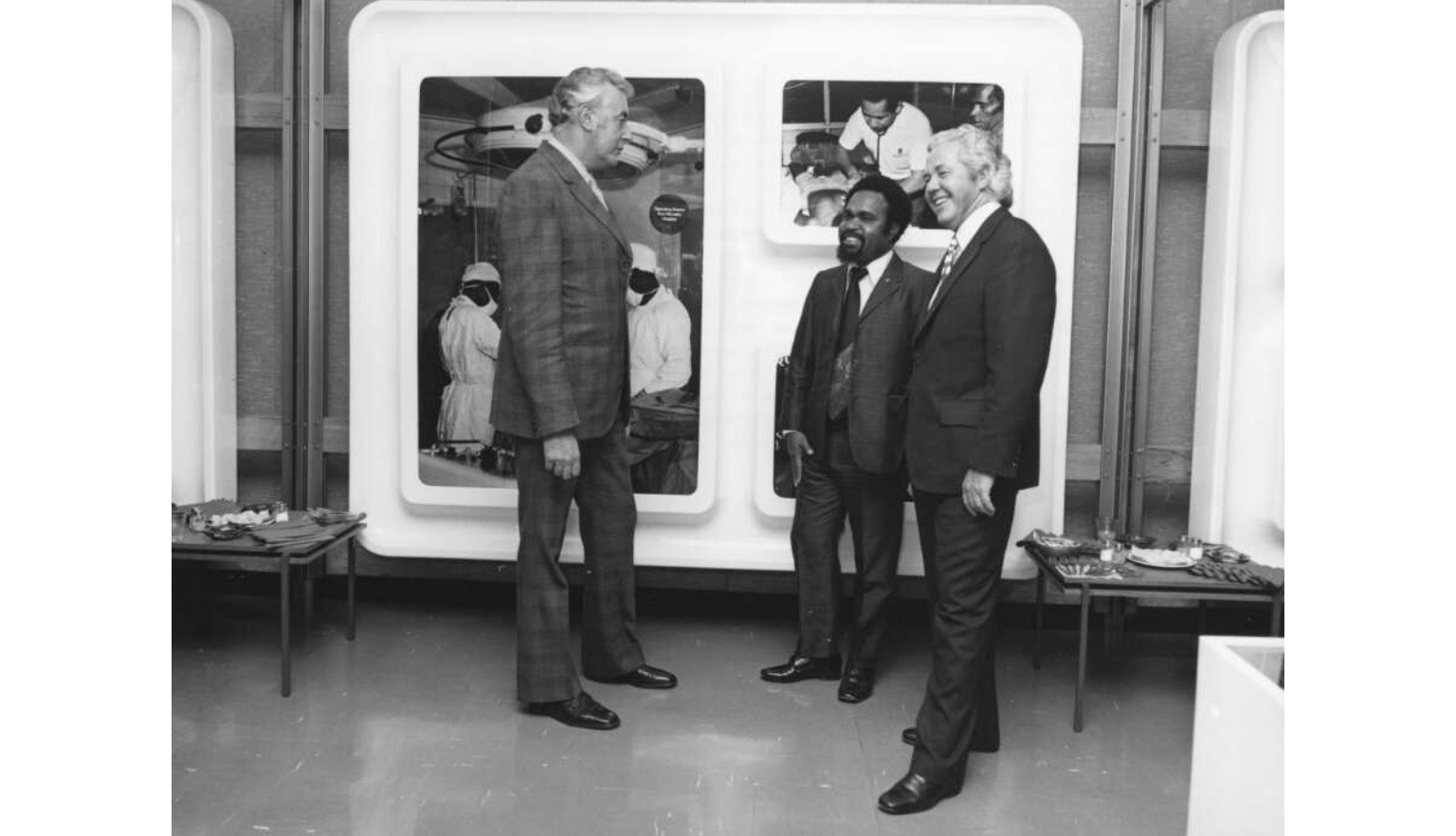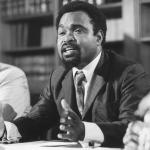Papua New Guinea: 50 years of Independence
Papua New Guinea celebrates 50 years of Independence this year. To commemorate this momentous anniversary, we’ve digitised the parliamentary debates held in our collection and made them available online. This includes debates from the pre-independence era through independence up until the 1990s. You can explore the debates in Trove.
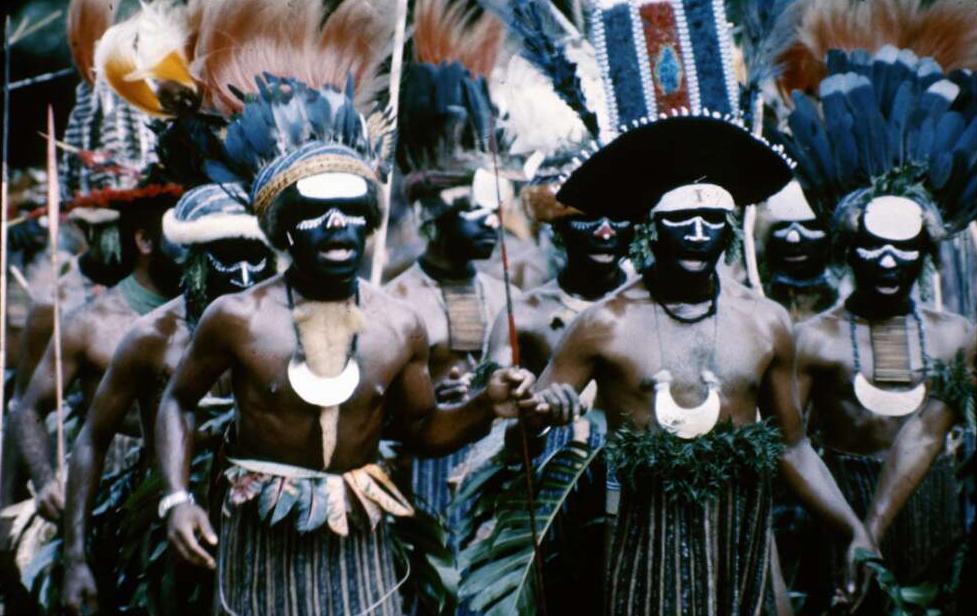
Terence and Margaret Spencer, Independence Day Celebration, Port Moresby, Papua New Guinea, 1975, nla.gov.au/nla.obj-145645567
Terence and Margaret Spencer, Independence Day Celebration, Port Moresby, Papua New Guinea, 1975, nla.gov.au/nla.obj-145645567
Papua New Guinea's road to independence
Papua New Guinea has a long rich history which pre-dates Australian and European administration. The debates in our collection reveal:
- some of the history of Australian colonial administration
- discussions in the lead up to independence
- some of Papua New Guinea’s parliamentary history following independence.
Click the dates in the timeline below to explore the debates in Trove.
Britain creates a protectorate in over south-east New Guinea, naming it British New Guinea. (British New Guinea) North-eastern New Guinea becomes a German protectorate the same year (German New Guinea).
British New Guinea is transferred from a British protectorate to a territory within the newly federated Commonwealth of Australia.
View Legislative Council debates relating to the administration of Papua between 1910–1941.
In September 1914, members of the Australian Naval and Military Expeditionary Forces occupied German New Guinea.
Explore the Terms and conditions of surrender of German New Guinea.
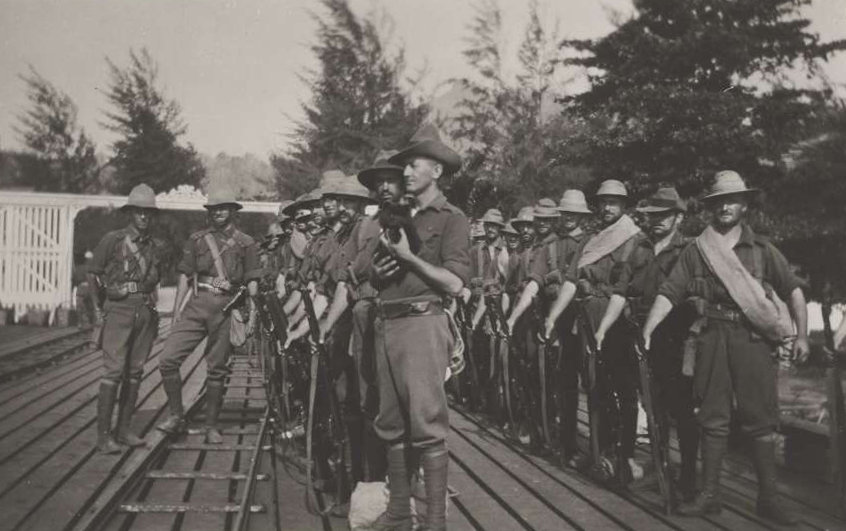
Soldiers of the Australian Naval and Military Expeditionary Force in Rabaul, New Guinea, c.1914, nla.gov.au/nla.obj-153443513

Following the First World War, the League of Nations granted a mandate to Australia to govern German New Guinea.
View Legislative Council debates relating to the administration of New Guinea between 1934–1941.
Japanese forces invade Rabaul in 1942, drawing New Guinea into the Second World War. The Kokoda campaign, fought between July and November 1942, is the best known of the larger campaign fought in Papua.
Papua and New Guinea are again under Australian administration.
The Papua and New Guinea Act passed in Australia, combined the two territories into an administrative union of Papua and New Guinea. A Legislative Council was established in 1951. Papua and New Guinea were later renamed to Papua New Guinea.
Explore debates relating to Australia’s joint administration of Papua and New Guinea. View the Legislative Council debates between 1952–1963.
The House of Assembly replaced the Legislative Council in June 1964.
Elections saw the formation of a ministry headed by Chief Minister Michael Somare, who pledged to lead the country to self-government and then independence.
This was an important step on the road to independence.
On 16 September 1975 Papua New Guinea gained independence as a constitutional monarchy.
View the 1975 National Constituent Assembly debates.
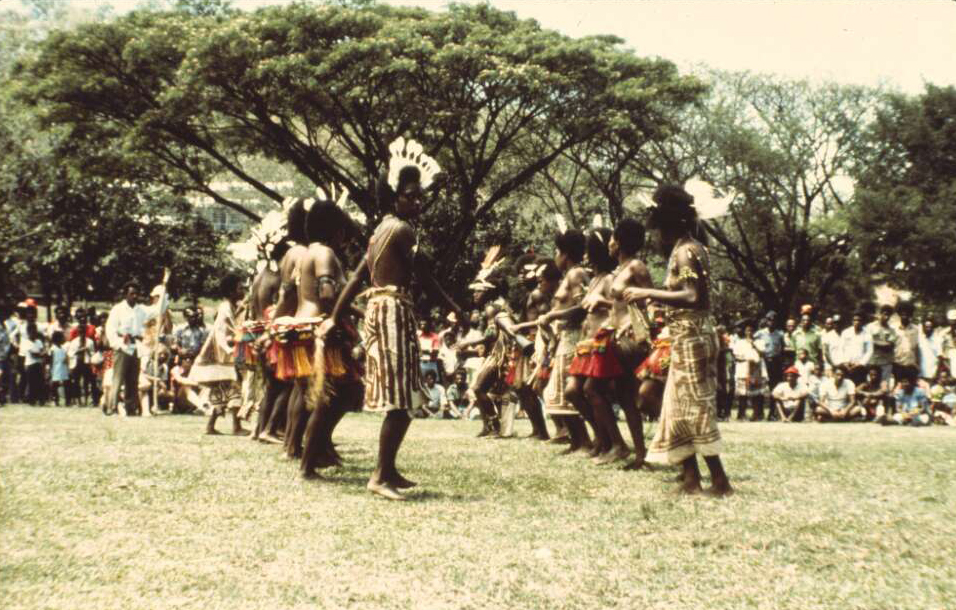
Terence and Margaret Spencer, Decorative dancing at the Independence Day Celebration, Port Moresby, Papua New Guinea, 1975, nla.gov.au/nla.obj-145646419

View Papua New Guinea’s National Parliament debates between 1975–1976 and 1992–1999.
Parliamentary debates
The Parliamentary debates are an important record of the day-to-day decisions made in Parliament and the debates around those decisions. They reflect historic moments and well as routine parliamentary business.
They are also a rich resource for local history. Questions asked by members in Parliament reveal issues important to local communities. This question about the building of a wharf in Wewak is one of many examples.
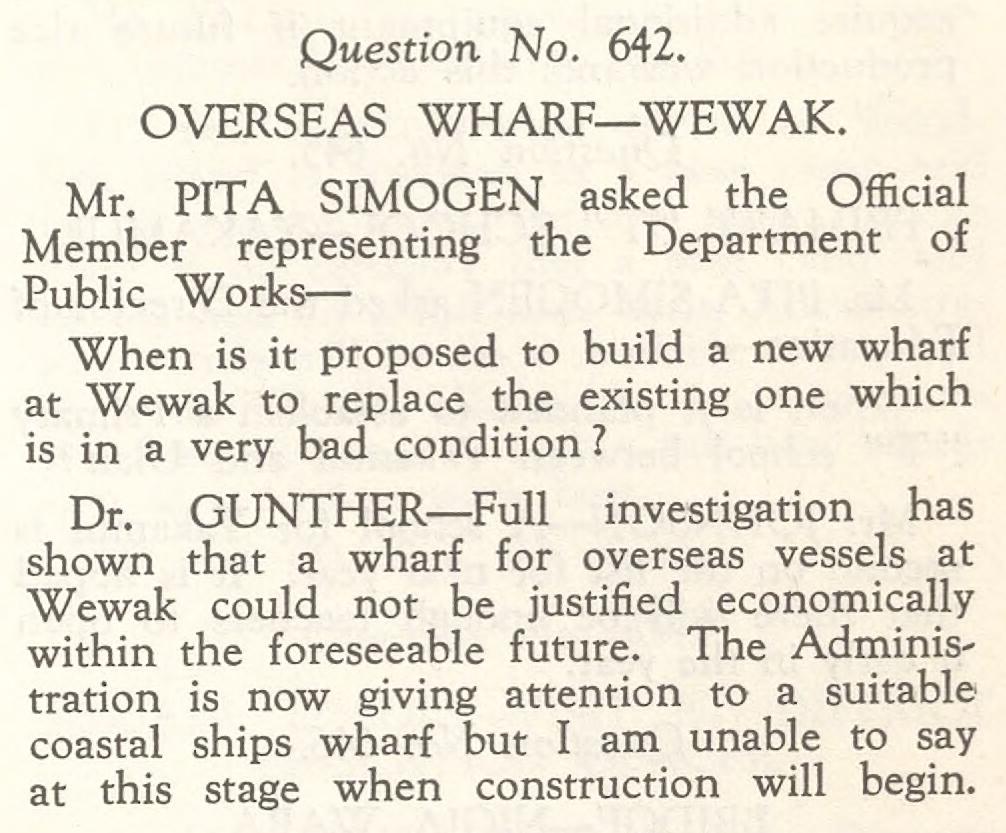
‘Question No. 642’, Sixth Meeting of the First Session Vol. 1 No. 6 (24 August-3 September 1965), 24 August 1965, nla.gov.au/nla.obj-3706783164
‘Question No. 642’, Sixth Meeting of the First Session Vol. 1 No. 6 (24 August-3 September 1965), 24 August 1965, nla.gov.au/nla.obj-3706783164
Making the constitution
The debates also provide fascinating insight into the discussions which informed the development of the constitution. For example, several Members of Parliament suggested the document should be written in English, Motu and Pidgin.
The Country Party was not involved in the preparation of this fourth draft and so most of us do not understand what has been written in the clauses because they should have been drafted in English, Pidgin and Motu as well as they are the other common languages…the constitution must be written and clearly explained in a language which the majority of the representatives and people understand, that is in either Pidgin or Motu.
When Grand Chief Michael Somare presented the Constitution to Parliament on 15 August 1975 he reflected on the significance of the moment:
Mr Chairman, this is a very important occasion. We have just adopted our Constitution and set a milestone in this country. The provisions that are now in the Constitution represent the true views of our people. We do not desire a Constitution which will give us cause not to feel free.
Somare continued by saying that some constitutions 'did not leave flexibility for people to move about or make certain decisions.'
Therefore it is gratifying that representatives in this Assembly have laboured and worked hard to make our Constitution a reality, bearing in mind that it does not tie the hands of our future generations, but serves as guidance to them.
Searching Papua New Guinea collections
Watch this recent webinar to discover more collections relating to Papua New Guinea in the National Library of Australia and National Archives of Australia. The webinar includes tutorials on how to search the collections to help you get started in your research journey.
